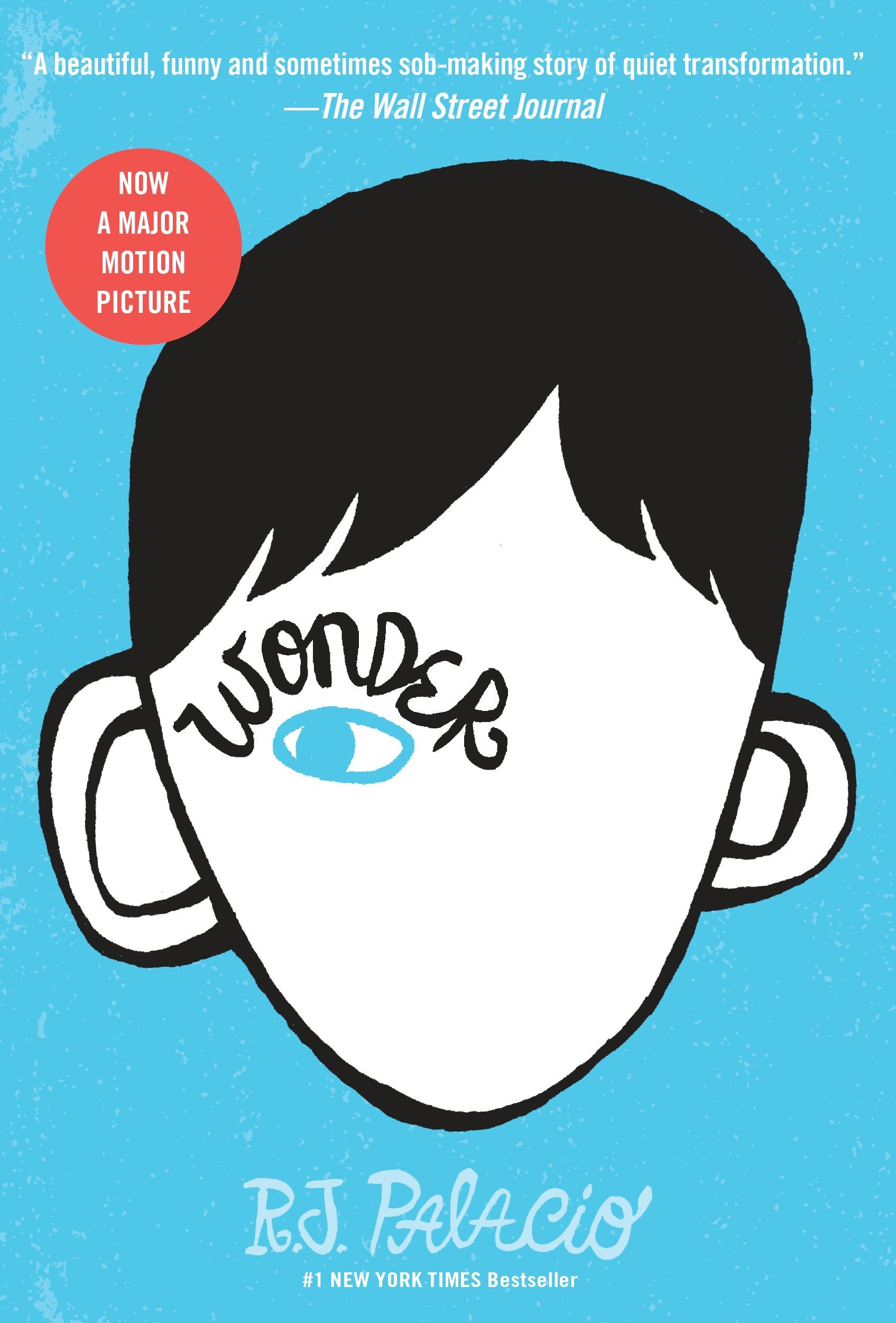Acclaimed screenwriter and second time director Charlie Kaufman may well have cemented himself as an expert on the human condition with his latest feature film. Anomalisa follows Michael Stone, a famed author of book on customer service who has become disillusioned with his life and those who surround it, until he hears the distant voice of Lisa, whose unique beauty offers an escape from the relentless banalities of life.
Although these characters and the film’s premise may seem clichéd, the depressed man in a midlife crisis and the manic pixie dream girl, Kaufman’s script combined with his, and joint-director Duke Johnson’s, directorial choices breathe originality and nuance into the potentially tired narrative.
The script, originally written as an audio-play, has been adapted into an eerily detailed stop-motion animation and exhibits two directors recognising the advantages within the animation genre by utilising key components of the form.
This is evident in the directorial choice to have every voice outside of the two lead characters be voiced by the same actor, Tom Noonan, causing a sense of claustrophobia in the extremely uncomfortable depiction of isolation.
The relentless external voices of humanity plague Michael causing sympathy, but also distances ourselves from him. His arrogance is made evident and provides a sense of honesty and complexity within his character, suspending any notions of right and wrong within him for the audience to decide and therefore allowing an extremely divisive but rewarding character study.
Tonally and thematically, Anomalisa revels in the uncomfortable. Although Kaufman’s previous works lack a sense of comfort, Anomalisa appears to mark a shift in his thematic exploration of the human condition.
This lack of comfort within Kaufman’s writing is largely due to his continued blending of surrealist narrative concepts with raw human emotion, but here we see this signature depiction of raw humanity extend into the simplistic narrative and instead, the animated form provides this thematic relationship of employing what is unfamiliar to present the familiarities of emotional pain.
The animation therefore sets up the unique contrast of being both beautiful and eerie. While each detailed movement of the characters is beautiful to look at, the visible humanity and familiarity that comes with it provides an eerie tone due to Kaufman and Johnson’s masterful directing being able to simulate such emotional vulnerability.
Such thoughtful filmmaking manages to pack hefty emotional punches from the smallest detail, causing single shots and surprising acapella renditions of Cyndi Lauper’s ‘Girls Just Want To Have Fun’ to astonish.
The mundanity of life grounds the world Anomalisa, while quiet moments of vulnerability and intimacy allow the beauty of humanity to seep into Michael’s isolated psyche. Brilliantly voiced by David Thewlis, Michael’s pain is apparent yet subtle, as with Lisa, who Jennifer Jason-Leigh brings to life with unstoppable charisma.
The characters together feel so naturalistic and real that you are constantly reminding yourself that they are essentially inanimate objects, even during the sex-scene, which somehow fails to remind us of the puppet sex-scene of Team America that is so heavily engrained in all of our minds and instead portrays one of the most beautiful and realistic sex-scenes in modern cinema.
Kaufman previously illustrated an eye for making the inanimate human in Being John Malkovich as he, and director Spike Jonze, bought to life the tragic beauty of Craig Schwartz’s (John Cusack) puppets to life, but here he and Duke Johnson display masterful attention to detail to their characters for truly bringing them to life and rooting them deep under the audiences’ skin.
Harry Lindsey


